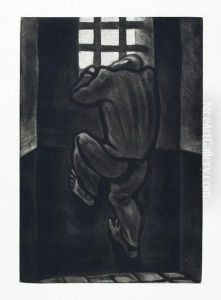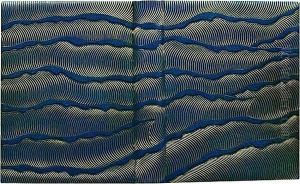Jean-Gabriel Daragnes Paintings
Jean-Gabriel Daragnes was a French artist, illustrator, and printer, born in Bordeaux, France, in 1886. He moved to Paris in his youth, where he became a prominent figure in the city's artistic community. Daragnes was primarily known for his work in graphic arts, including book illustrations and printmaking. His style often reflected the influences of the post-impressionist and symbolist movements, which were prevalent during his formative years as an artist.
In Paris, Daragnes established himself in the Montmartre district, becoming part of the bohemian and artistic scene that included many of the notable artists and writers of the time. He was a contemporary of artists such as Pablo Picasso and Henri Matisse, and he collaborated with writers like André Gide and Guillaume Apollinaire. Daragnes' reputation grew as a master of woodcuts and engravings, and he was also recognized for his innovative lithographic techniques.
Throughout his career, Daragnes was deeply involved in the world of bibliophile publishing. He founded his own printing workshop, the Atelier Daragnes, where he produced fine limited-edition books that were highly sought after by collectors. His work in this field was characterized by a meticulous attention to detail, from the choice of paper to the design of typefaces. The books he produced were often adorned with his original illustrations, which complemented the texts with sensitivity and creativity.
Daragnes' artistic output was not limited to printmaking and illustration; he also engaged in painting, although this aspect of his work is less well-documented and celebrated. Nevertheless, his paintings, like his prints, were marked by a lyrical quality and often featured scenes of the French countryside or intimate interiors.
Jean-Gabriel Daragnes passed away in 1950, leaving behind a legacy that has influenced the fields of printmaking and book arts. His commitment to craftsmanship and his collaborations with literary figures helped to elevate the status of the artist's book in the 20th century. Daragnes' work remains appreciated by collectors and scholars for its contribution to the art of the printed book, and he is remembered as a significant figure in the Parisian art scene of the early 20th century.





